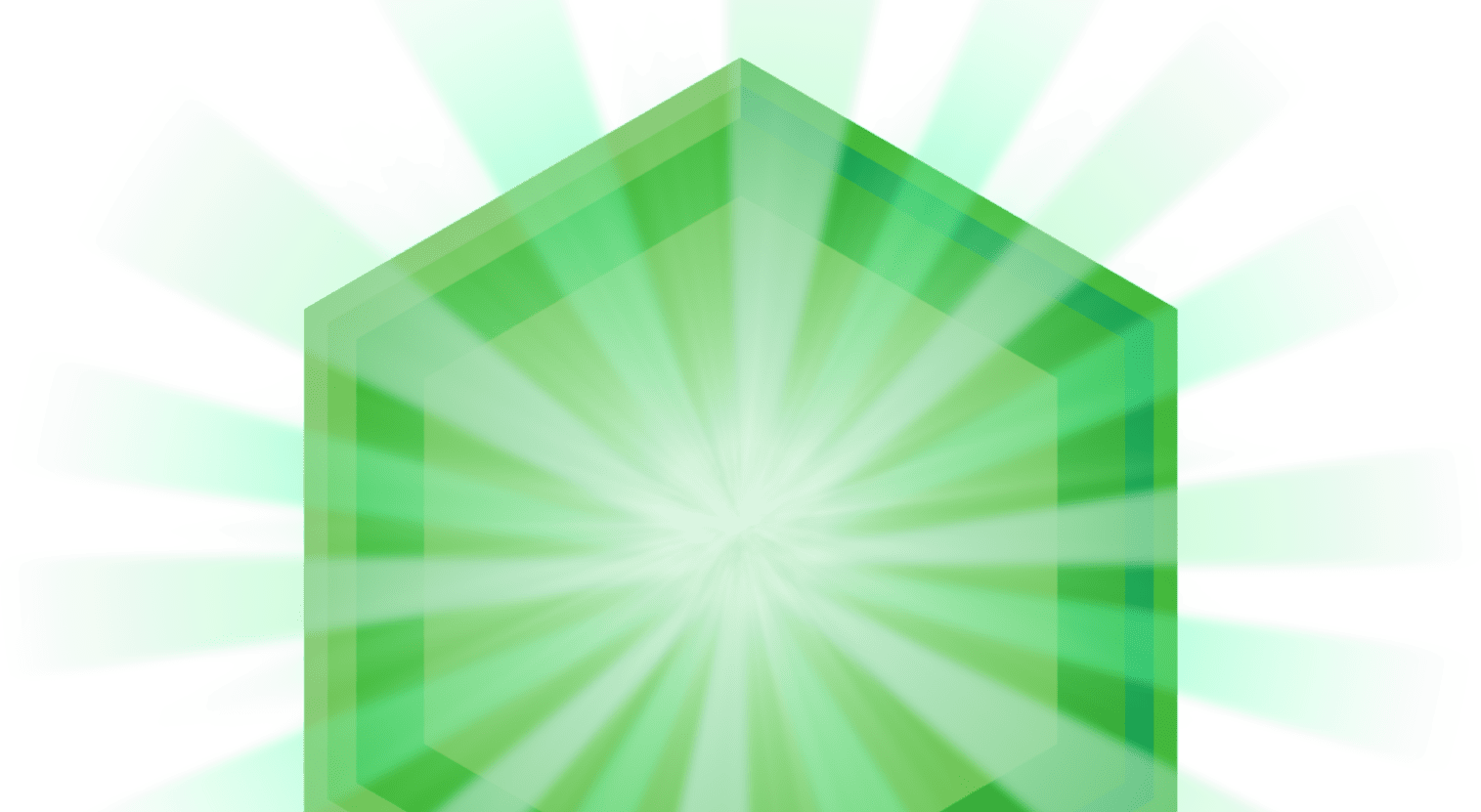
Allergy Attack Symptoms and Causes
If you suffer from allergies, you’re not alone. Today, 50 million Americans suffer from allergies.1 Allergies happen when your immune system overreacts to a foreign substance by producing antibodies to get rid of this substance.2 The immune system mistakenly identifies allergens like pollen, pet dander, mold, and dust mites as an “invader.”1 In response, the body mounts an inappropriate immune response—similar to one that it would launch against something much more harmful.1
To rid itself of the “invader,” the immune response triggers a response that results in you experiencing symptoms—such as sneezing, runny nose, and itchy, watery eyes.2
Allergy Attack Symptoms
Allergy attack symptoms vary based on the substance involved and can affect your airways, sinuses and nasal passages, and skin.2 Allergy symptoms can range from very mild to severe, sometimes even require medical attention. However, most allergy symptoms are not dangerous and can be soothed at home. Sneezing, itching, a runny, stuffy nose, and watery or red eyes are all symptoms of allergies. Allergy attack symptoms can be uncomfortable but avoiding known triggers such pollen and treating symptoms with over-the-counter medication can help.2
Allergy Causes and Irritants
Allergies occur when your immune system mistakes a harmless substance for a dangerous one.2 Your immune system then produces antibodies that release a number of chemicals, such as histamine, that cause allergy symptoms.2 Allergy attacks can include allergic reactions to certain foods, insects, or medications, but typical nasal allergies are caused by airborne allergens like pollen, animal dander, dust mites, and mold.2
You’re more likely to develop allergies if you have a family history of allergies or have asthma.2
How Long Do Allergies Last?
If you suffer from allergies, you likely have wondered when they’ll finally go away. Or maybe you’re wondering if your snuffy nose is from a cold or allergies. While a cold typically goes away in less than one week, allergies last as long as the allergen is in the air, typically two to three weeks per allergen.3 Allergies also occur at the same time every year for each allergen, during what is typically called “allergy season.”
Anatomy of an Allergy Attack
The diagram below takes you through the stages of a typical allergy attack, starting from the allergens entering your nose, showing how your immune system responds, and explaining the resulting symptoms.
How To Treat An Allergy Attack
If you know what allergens trigger allergies for you, avoiding those substances can prevent an allergy attack. However, some allergens can’t be easily avoided, and you need allergy treatment. Medications like antihistamines and decongestants can treat allergy symptoms.4 Over-the-counter nasal spray such as FLONASE Allergy Relief nasal spray is a strong, long-lasting option* for treating allergy symptoms.
When To See Your Healthcare Provider
If over-the-counter allergy medications don’t provide relief, talk to your healthcare provider. A mild allergy attack will have mild, uncomfortable symptoms such as runny nose, itchiness, and watery eyes. Severe allergy attacks include serious symptoms like difficulty breathing, throat swelling, and mental confusion.1 While most allergies will be mild, if you have severe symptoms, you should seek immediate medical attention.
*with 1x per day dosing, 24-hour efficacy
Sources:
- Allergy Overview. Cleveland Clinic. https://my.clevelandclinic.org/health/diseases/8610-allergy-overview. Accessed 8/18/23.
- Allergies. Mayo Clinic. https://www.mayoclinic.org/diseases-conditions/allergies/symptoms-causes/syc-20351497. Accessed 8/18/23.
- Rhinitis (Nasal Allergies). AAFA. https://www.aafa.org/rhinitis-nasal-allergy-hayfever/#:~:text=Allergies%20occur%20at%20the%20same,of%20the%20nose%20and%20eyes. Accessed 8/18/23.
- Allergic rhinitis: not purely a histamine-related disease. National Library of Medicine. https://pubmed.ncbi.nlm.nih.gov/11291780/. Accessed 8/18/23.
- The diagnosis and management of rhinitis: an updated practice parameter. National Library of Medicine. https://pubmed.ncbi.nlm.nih.gov/18662584/. Accessed 8/28/23.
- Glossary of HIV/AIDs related terms. Clinical Info HIV. https://clinicalinfo.hiv.gov/sites/default/files/glossary/Glossary-English_HIVinfo.pdf. Accessed 8/28/23.
- Distinctive localization of antigen- presenting human lymph nodes. National Library of Medicine. https://pubmed.ncbi.nlm.nih.gov/18987360/. Accessed 8/28/23.
- T-cell – APC interactions. Nature Publishing Group. https://pubmed.ncbi.nlm.nih.gov/18987360/. Accessed 8/28/2023.
- Helper T Cells and Lymphocyte Activation. National Library of Medicine. https://www.ncbi.nlm.nih.gov/books/NBK26827/. Accessed 8/28/23.
- IgE, Mast Cells, Basophils, and Eosinophils. National Library of Medicine. https://www.ncbi.nlm.nih.gov/pmc/articles/PMC2847274/. Accessed 8/28/2023.
- Allergic Reactions. Medline Plus. https://medlineplus.gov/ency/article/000005.htm. Accessed 8/28/2023.



